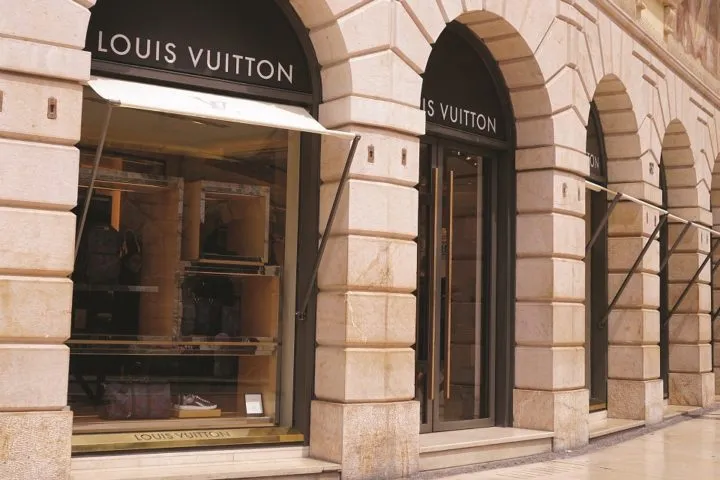
Luxury goods sales growth bottoms out, profit margins resilient under pressure
THE world’s 100 largest luxury goods companies generated sales of US$217 billion in FY2016 and the average luxury goods annual sales for a Top 100 company is now US$2.2 billion, according to the fifth annual Global Powers of Luxury Goods report by Deloitte.
The report examines and lists the 100 largest luxury goods companies globally, based on the consolidated sales of luxury goods in FY2016 (which is defined as financial year ending within the 12 months to 30 June 2017). It also discusses the key trends shaping the luxury market and provides a global economic outlook.

The luxury market has bounced back from economic uncertainty and geopolitical crises in 2016, edging closer to annual sales of US$1 trillion at the end of last year.
The top five largest fashion & luxury players — LVMH Moët Hennessy Louis Vuitton SE, The Estée Lauder Companies Inc, Compagnie Financière Richemont SA, Luxottica Group SpA and Kering SA — maintained their positions on the leader board.
“The luxury market has bounced back from economic uncertainty and geopolitical crises in 2016, edging closer to annual sales of US$1 trillion at the end of last year,” said Patrizia Arienti, EMEA region fashion and luxury leader, Deloitte Italy. “Whether total global market growth is in single or double digits will depend on many factors, including larger geopolitical factors and their impact on tourism. Growth in the luxury goods industry will continue, unlike in several other industries.”
Eugene Ho, Deloitte Southeast Asia’s consumer and industrial products industry leader, added: “With continued good economic growth, the Southeast Asian region is attempting to gain ground on the retail and luxury goods industries. More and more brand names are entering the South-east Asian markets, especially at the luxury segment to capitalise on the growth of the young middle-class consumers.”
“Furthermore, with the growing number of consumers falling into the middle-income group, this leads to changes in their spending priorities. For example, affluent younger consumers are starting to hunger for more premium and branded goods. The future market is very much going to be driven by the younger, tech-savvy and more affluent generation. Businesses must recognise the need to adjust their business strategies and implementing digitally-enabled business models to meet consumers’ evolving expectations to enhance the shopping experience.”
Growth among the Top 100 was weakened in particular by the 10 companies which experienced double-digit sales decline in FY2016, including two Top 10 players — the Swatch Group and Ralph Lauren. However, FY2016 seems to mark the bottom of the downturn in luxury goods sales growth for most companies.
The report also found that China, France, Germany, Italy, Spain, Switzerland, the UK and the US together made up 83% of the Top 100 luxury goods companies and 90% of Top 100 luxury goods sales.
Additionally, cosmetics & fragrances was the top-performing sector in FY2016 and was the only sector with improving composite luxury goods sales growth, at 7.6%.
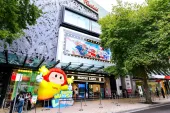

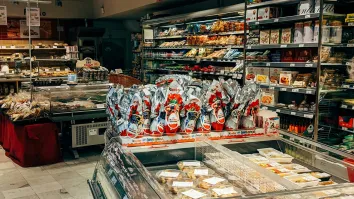
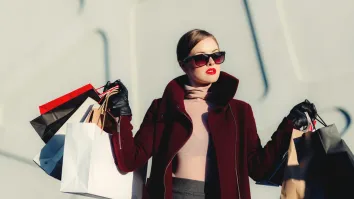
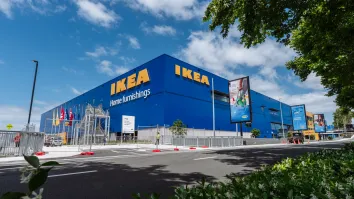
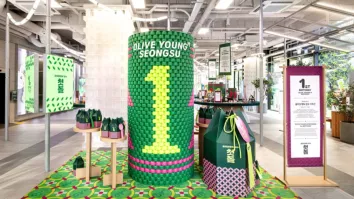













 Advertise
Advertise






